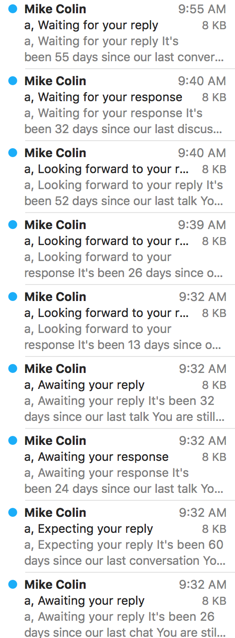Metric Monetization
As a digital channel, email provides a lot of different metrics for marketers to use. Not only can marketers measure things like open and click rates, but they can tie these numbers back to a particular recipient. This treasure trove of information leads to obsessing over making the numbers look good. For good deliverability senders want low bounce rates, low spamtrap rates, and high engagement rates.
These metrics are important because they’re some of the things that filters look at when making delivery decisions. We care about this data because the receiver ISPs care about the data. The ISPs care about this data because they are characteristics of wanted and/or opt in email.
Over the past few years a number of companies sell services selling good metrics.
- List hygiene companies “tell you what addresses are valid.” These services can lower bounce rates, but they don’t address the underlying issue which is that a subscription process doesn’t do any data verification.
- Spamtrap companies “tell you what addresses are traps.” But that’s not really what they’re doing. They’re telling you what addresses might bounce or belong to a domain that doesn’t have any actual user.
- Engagement companies “tells you what addresses have any activity.” But just because a recipient interacts regularly with one type of email doesn’t actually mean they want all email.
These services attempt to mitigate poor acquisition and hygiene processes. They’re often used in lieu of ongoing good practices. In some limited cases they’re a good thing and can be used to facilitate the relationship between a recipient and a vendor they want to her from. But, overall, I don’t think they’re that great for the industry.
